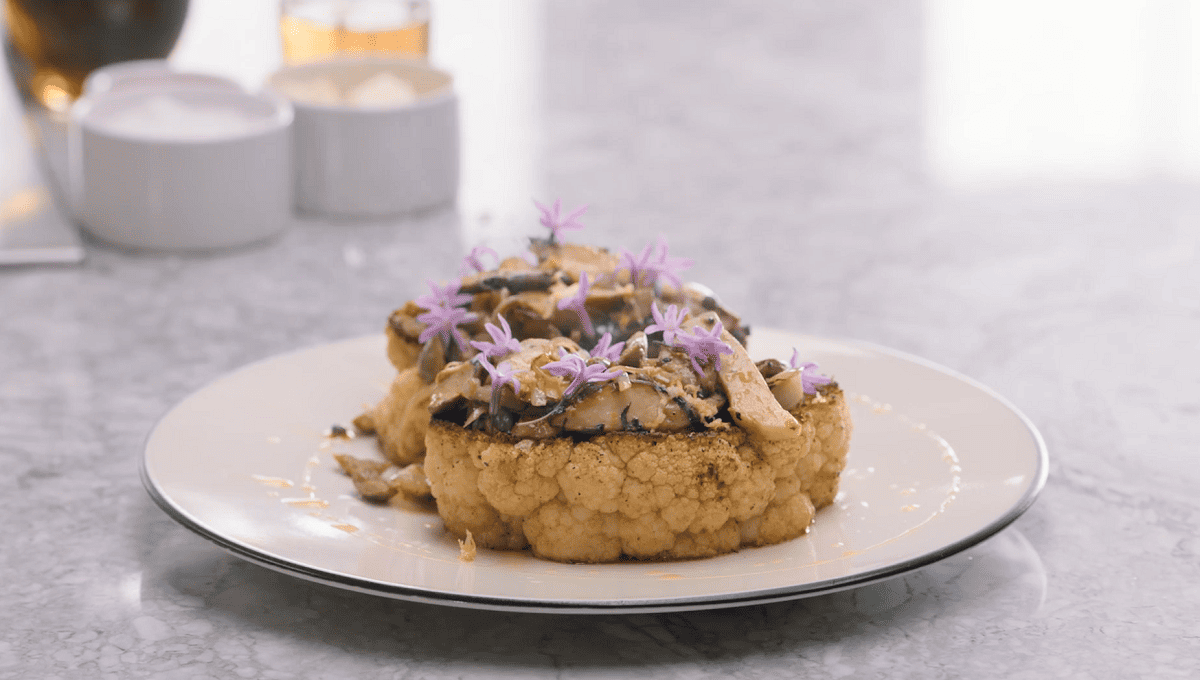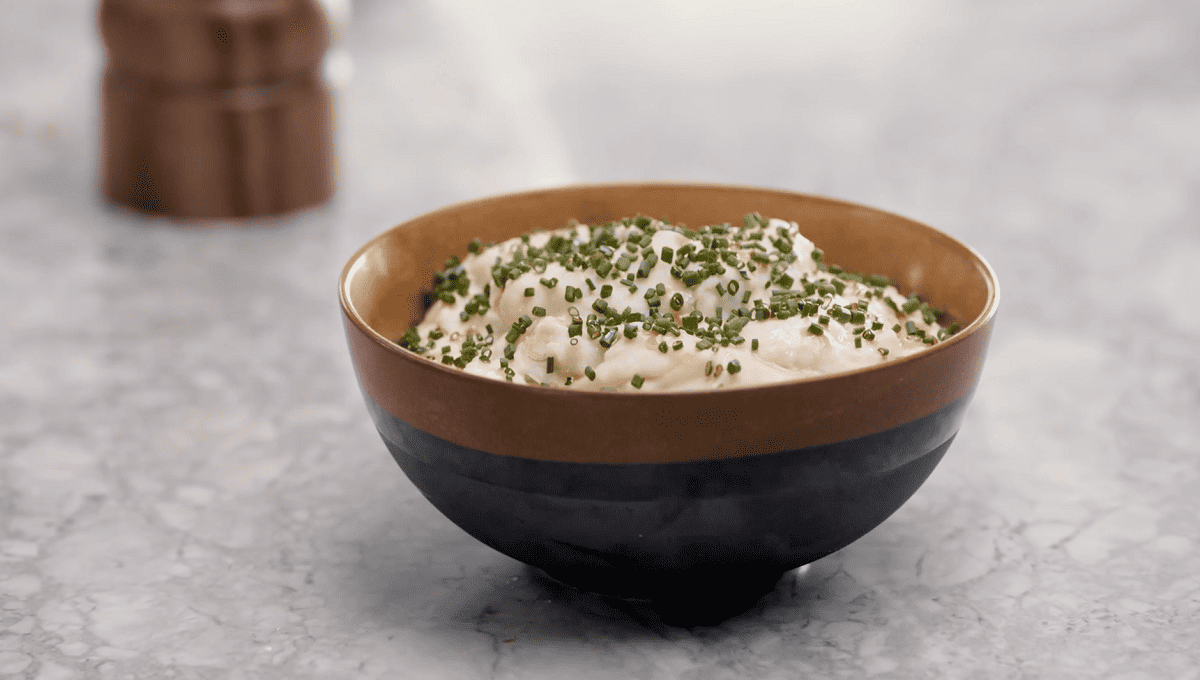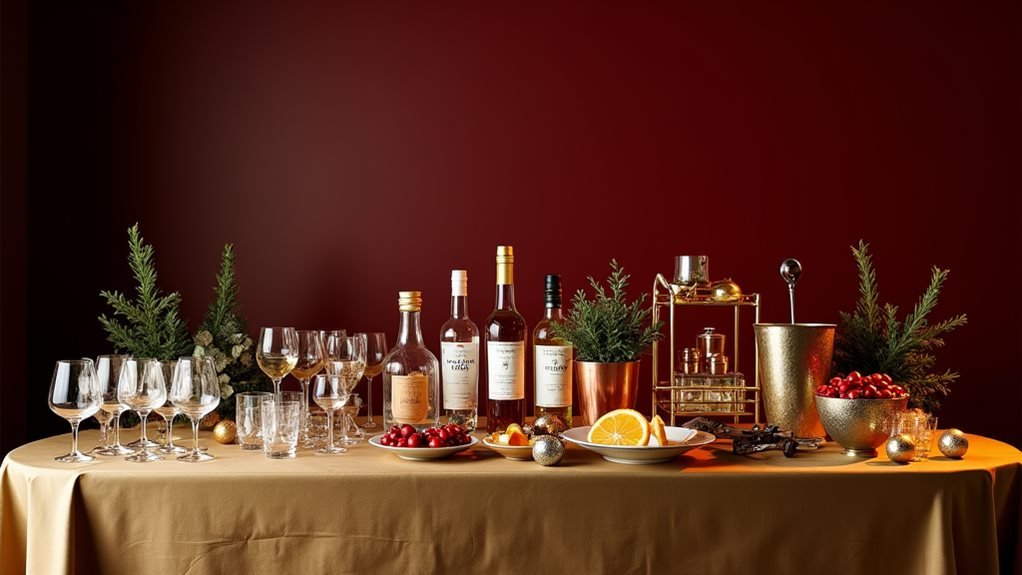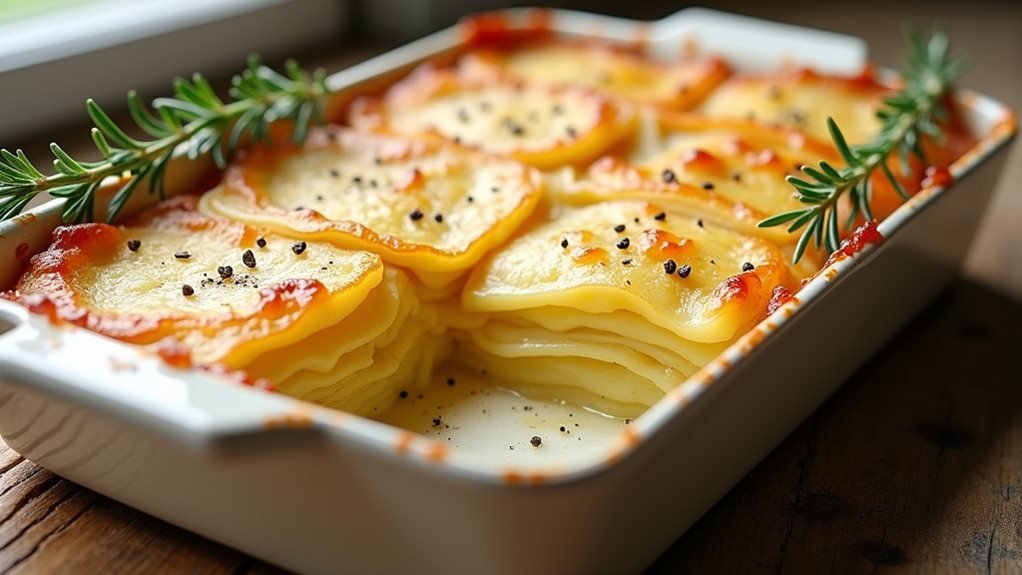Cauliflower can headline a main course when treated with the same respect you’d give a ribeye: a hot sear, controlled roast, and clean, bold finishing sauces. Gordon Ramsay’s MasterClass lesson shows the exact sequence. If you need a refresher on core methods, such as searing, knife work, and heat control, review our Cooking Techniques hub before you begin.
Why Cauliflower Steak Deserves a Place on Your Table
Thick-cut cauliflower develops a caramelized crust and a tender center that eats “meaty” without imitating meat. Porcini mushrooms add a deep umami flavor, while olive pistou brings a bright, herbal note, so the plate finishes balanced and satisfying.
Step-by-Step: Gordon Ramsay’s Cauliflower Steak Recipe
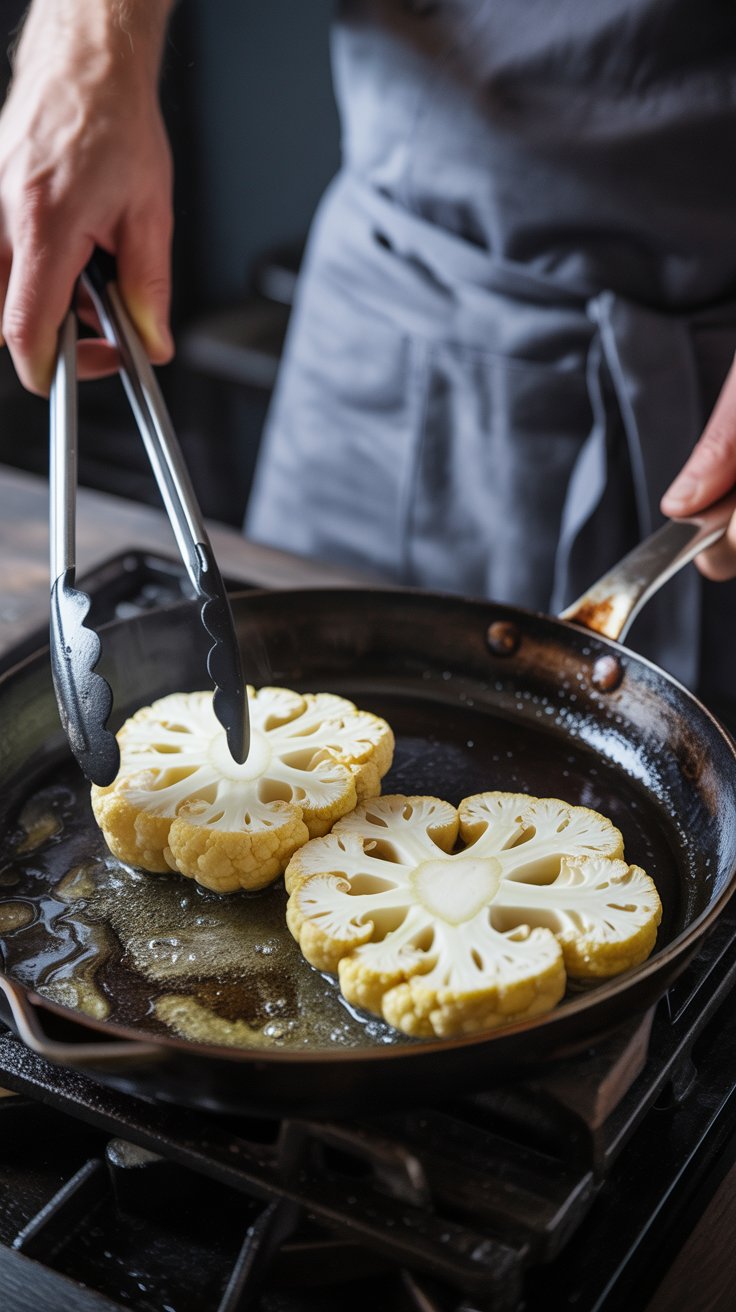
Ingredients
- 1 large head of cauliflower
- 1/2 cup dried porcini mushrooms (or fresh if available)
- 3 tbsp olive oil, plus more for finishing
- 2 cloves of garlic
- 1 packed cup basil leaves
- 1 cup mixed olives, pitted
- Kosher salt and black pepper
Method
- Cut & season. Trim the stem so the head sits flat. Slice into 2-inch “steaks.” Coat lightly with olive oil; season all sides with salt and pepper.
- Sear hard. Heat a heavy skillet until it is just smoking. Sear each steak until deep golden on both sides. Do not move the steaks while the crust forms.
- Roast to tenderness. Transfer the pan (or move the steaks to a tray) into a 400°F oven and cook for 12–15 minutes. Aim for crisp edges and a fork-tender center.
- Porcini sauté. Rehydrate dried porcini mushrooms in hot water (if using dried ones), then drain them well. Sauté in olive oil with a pinch of salt. Avoid crowding; you want sizzle, not steam. For pan choice and heat retention tips, see Kitchen Equipment.
- Olive pistou. Pulse olives, basil, garlic, and olive oil into a coarse, spoonable sauce. Unlike pesto, pistou traditionally skips nuts and cheese, so it stays bright and light.
- Plate. Set a cauliflower steak on warm plates, spoon porcini over the top, and drizzle with pistou. Finish with a thread of olive oil and torn basil.
The Supporting Cast: Porcini Mushrooms & Olive Pistou
Porcini bring a savory, woodsy richness that loves high heat. Pistou’s herbal acidity keeps the dish from feeling heavy. Together they create contrast—crisp and tender, deep and bright—on a single plate.
The Gordon Ramsay Cooking Class Experience
The difference isn’t just ingredients; it’s sequencing and control. Ramsay’s lesson teaches when to leave food alone for crust, how to judge doneness by resistance, and how to balance fat, salt, and acidity so every bite lands. Get the official chapter here: Charred Cauliflower Steak with Olive Pistou & Porcini Mushrooms.
Vegetarian Steak Recipes: A Growing Trend
Whole-vegetable “steaks” showcase technique as much as they showcase produce. If this style resonates with you, browse flavors across regions in Global Cuisines and pair them confidently using Food & Drink Pairings.
Cooking Porcini Mushrooms, Gordon Ramsay Style
Clean with a damp cloth, slice evenly, preheat the pan properly, and give the mushrooms room. Sear, don’t steam. Finish with salt at the end to preserve browning.
How to Make Olive Pistou (French Herb Sauce)
Combine pitted olives, basil, garlic, and olive oil. Pulse briefly—pistou should be loose and rustic, not a smooth purée. Adjust with a splash of olive oil to taste.
Final Verdict: Is Gordon Ramsay’s Cauliflower Steak Worth Making?
Yes—high-impact flavor, minimal shopping list, and repeatable technique. It’s a smart weeknight dinner that still looks restaurant-ready.
FAQs About Gordon Ramsay’s Cauliflower Steak
Does cauliflower steak taste like real steak?
No. It’s a hearty alternative with its own nutty, caramelized character.
Can I substitute other mushrooms for porcini?
Shiitake or cremini work; porcini deliver the deepest, most aromatic flavor.
Is pistou vegan?
Yes. Traditional pistou omits nuts and cheese.
What kitchen tools do I need?
A heavy skillet, a sharp chef’s knife, and a blender or food processor are required.
How long does this take?
About 30 minutes, including prep and roasting.
How We Tested
We prepared this dish multiple times, testing sear durations, oven temps, and mushroom batch sizes. The best results were achieved through a hot initial sear, a short roast, and cooking porcini in smaller batches to ensure proper browning.

